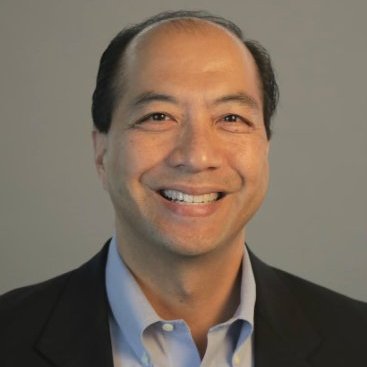Oct 3
2017
The 340B Drug Pricing Program: Under the Spotlight in Washington
Guest post by Ken Perez, vice president of healthcare policy, Omnicell.

In 1992, the 340B Drug Pricing Program was created to give safety net providers—those that organize and deliver a significant level of both healthcare and other health-related services to the uninsured, Medicaid, and other vulnerable populations—discounts on outpatient drugs to “stretch scare federal resources as far as possible, reaching more eligible patients and providing more comprehensive services.” In simple terms, the program requires pharmaceutical manufacturers participating in Medicaid and Medicare Part B to provide discounts on outpatient drugs to 340B providers.
340B-eligible providers include various types of hospitals, such as Disproportionate Share Hospitals (DSHs), Critical Access Hospitals, sole community hospitals, freestanding children’s hospitals, and freestanding cancer hospitals. In addition, certain federal grantees are 340B-eligible providers, e.g., federally qualified health centers, and comprehensive hemophilia treatment centers. DSHs, freestanding children’s hospitals, and freestanding cancer hospitals need to have their Medicaid and uninsured populations account for 11.75 percent or more of their total patient populations in order to be eligible for the program. DSHs accounted for 75 percent of 340B drug purchases in 2011 and continue to account for the majority of the purchase volume.
The program benefits safety net providers by offsetting the cost of providing free or discounted drugs to patients who cannot pay and by generating funds to improve and expand programs such indigent clinics and free oncology services to low-income patients.
Eligible patients must receive services from a covered entity (CE), defined as the healthcare provider that has established a relationship with the individual and maintains records of the individual’s care. Contract pharmacies dispense 340B drugs to CEs’ 340B-eligible patients.
Importantly, CEs are able to purchase drugs for outpatient use at the sizable 340B discount for all their outpatients, not just their Medicaid or uninsured patients. As of October 2016, there were 12,148 CEs, and there were 2,871 hospitals as CEs as of July 2017. Total discounted purchases under the program have grown steadily during the past decade and reached $16.2 billion in 2016.
The program is administered by the Office of Pharmacy Affairs within the Health Resources and Services Administration (HRSA), an agency of the U.S. Department of Health and Human Services.
Controversies
For years, the 340B program has been fraught with controversy, with CEs and pharmaceutical companies defending and attacking the program, respectively. HRSA, the U.S. Government Accountability Office, and the HHS Office of Inspector General have all pointed out the lack of accountability and oversight of the program. There have been many reporting and program integrity issues. For example, in fiscal year 2016, 44 percent of CEs were found to have diverted benefits (discounted drugs) to ineligible patients.
Proposed Major Change to the Program
On July 13, the day after the conclusion of the 340B Coalition Summer Conference in Washington, D.C., the Centers for Medicare and Medicaid Services (CMS) issued its 2018 Medicare Hospital Outpatient Prospective Payment System (OPPS) proposed rule.
Contrary to the Trump administration’s deregulation bent, the proposed rule posited a dramatic reduction in 340B reimbursement of hospitals by CMS from Average Sales Price (ASP) plus 6 percent to ASP minus 22.5 percent.